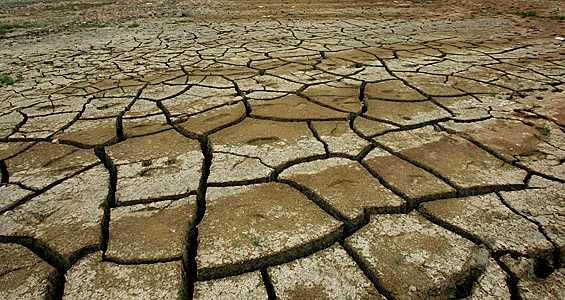Copenhagen divisions laid bare
Alan Fisher examines the areas of dispute threatening to undermine Copenhagen talks.

 |
| Deep divisions remain between nations on how to tackle climate change [GALLO/GETTY] |
The next few days will be crucial for the world.
In a sprawling hall on the edge of the Danish capital, politicians will try to hammer out the deal to limit global warming which, they say, will cost billions of dollars but save millions of lives.
Keep reading
list of 4 itemsTurtles swimming to extinction in Malaysia as male hatchlings feel heat
Could shipping containers be the answer to Ghana’s housing crisis?
Thousands protest against over-tourism in Spain’s Canary Islands
But in the final hours of negotiation, the splits that were there before are becoming increasingly obvious.
Connie Hedegaard, the Danish president of the talks, says the world must now get to work.
Let’s look at the crucial areas of dispute.
The Kyoto Protocol
This was the international agreement struck in 1997 on carbon emissions, the only legally binding deal to address the issue.
| in depth |
|
|
It split the world into two; developed nations who had to make cuts in emissions and developing or poorer countries that didn’t.
There has been outrage from African delegates at what they see as an attempt to sideline Kyoto in the negotiations.
Developed countries want a new framework which includes the growing economies of India and the world’s worst polluter, China, currently under no legal obligation to cut emissions.
The role of China
The US has promised to get tough with Beijing.
It says it won’t contribute American taxpayers’ cash to clean up its heavily polluting industry.
It is part of a group of developing nations officially billed as the G77 and China – but everyone knows where the real power lies.
Critics suggest Beijing uses trade deals and economic ties to get the group to float its ideas and push its agenda.
China is reluctant to allow outside observers to monitor its emissions to ensure its meeting agreed targets
The role of the US
Barack Obama, the US president, says the US will cut emission levels by 17 per cent compared to 2005 output levels.
It sounds impressive but most countries use 1990 figures as the benchmark, and the American targets are just a four per cent cut on that figure.
The EU and others want a lot more.
The 2016 Review
This is a move to review carbon emissions in 2015, or more likely 2016.
A draft text of a UN agreement suggests the review will allow an update of the long term global goals and the actions being taken to get there.
This could have the effect that the demand from the world’s top climate scientists for cuts of up to 40 per cent in emissions by 2020 is ignored by world leaders who will instead promise a future review.
African nations say it is rich countries shirking their responsibility.
Remember cuts of up to 40 per cent are aimed at keeping the global rise in temperatures at just two degree Celsius, and there’s a warning even that will cause catastrophic and life threatening changes in many parts of the globe.
Who pays and how much
Developing nations say manmade climate change has been caused by the rich countries of the world and their drive to industrialisation and growth, so they should pay to stop it and fix it where possible.
Wrangling money out of countries in the middle of a global financial crisis is incredibly difficult, even if the sums are much smaller than those ploughed into the global banking sector.
These issues have to be developed, agreed and endorsed before Friday.
There is a feeling here the deal will only start to take shape when the Chinese and US leaders arrive in Copenhagen and thrash out the bones of a deal.
They are the two economic powerhouses in the world now – they are also the biggest polluters.
Ed Miliband, Britain’s climate change minister, said it was four minutes to midnight, emphasising how close the world was to the zero hour when a deal had to be done.
The clock’s still ticking.
